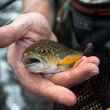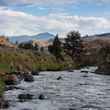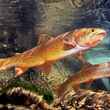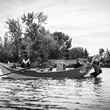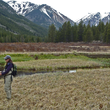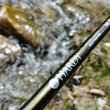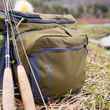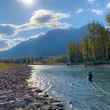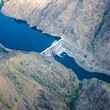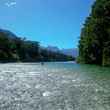A buddy of mine went fishing with an angler of local repute. Having not fished the particular stream before, he was looking for guidance. His companion pointed to the rocks and runs where fish he virtually knew by name were lurking. They caught fish in the right places. They caught fish on the right flies.
The observation my buddy later made was that this guy wasn't so much a fine angler as an he was an expert on this particular fishery. He presumed that if this expert was taken to a new place he might not possess the skills to quickly identify the holding water and fly selection that would make for such a successful day. And while it seemed to me a bit of a leap to assume the expert would struggle elsewhere, it got me thinking.
There are several streams that I know very well. Often my success on them isn't due to my knowledge of fishing technique, but rather from knowing where to fish. A sizable rainbow trout came to hand the other night because I deduced, through limited observation and lots of experience, where to put my Parachute Adams in a particular pool for the given water level. While I didn't expect the rainbow, I did have a fairly high expectation of hooking something. It's a reliably fishy spot.



